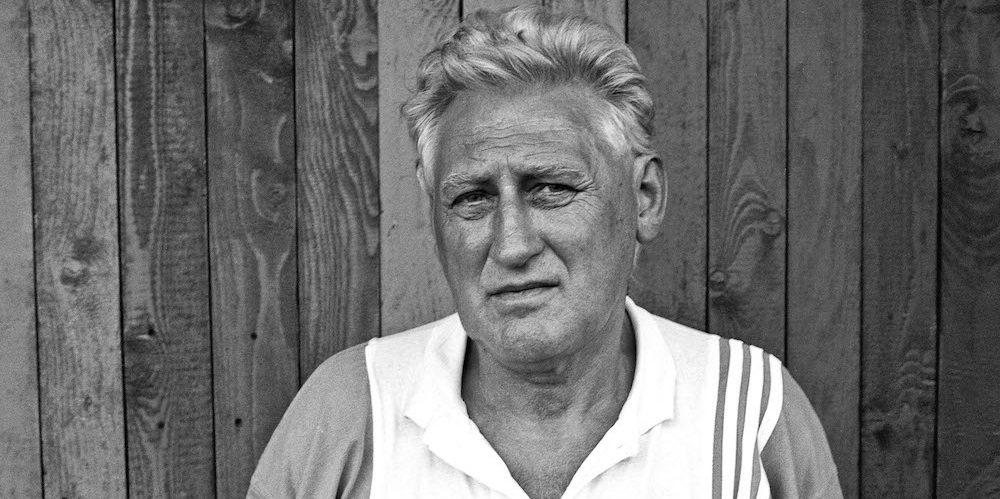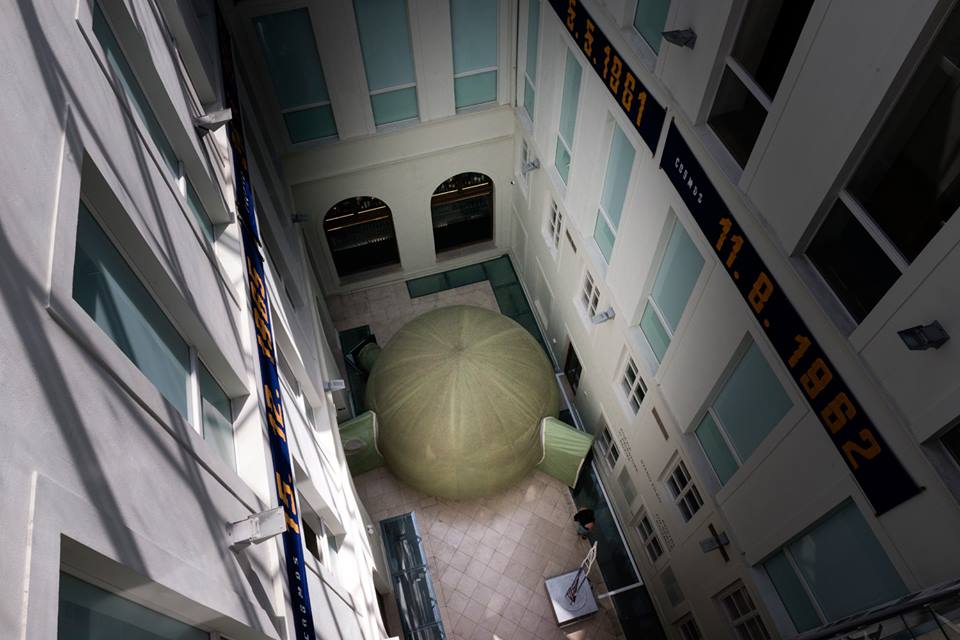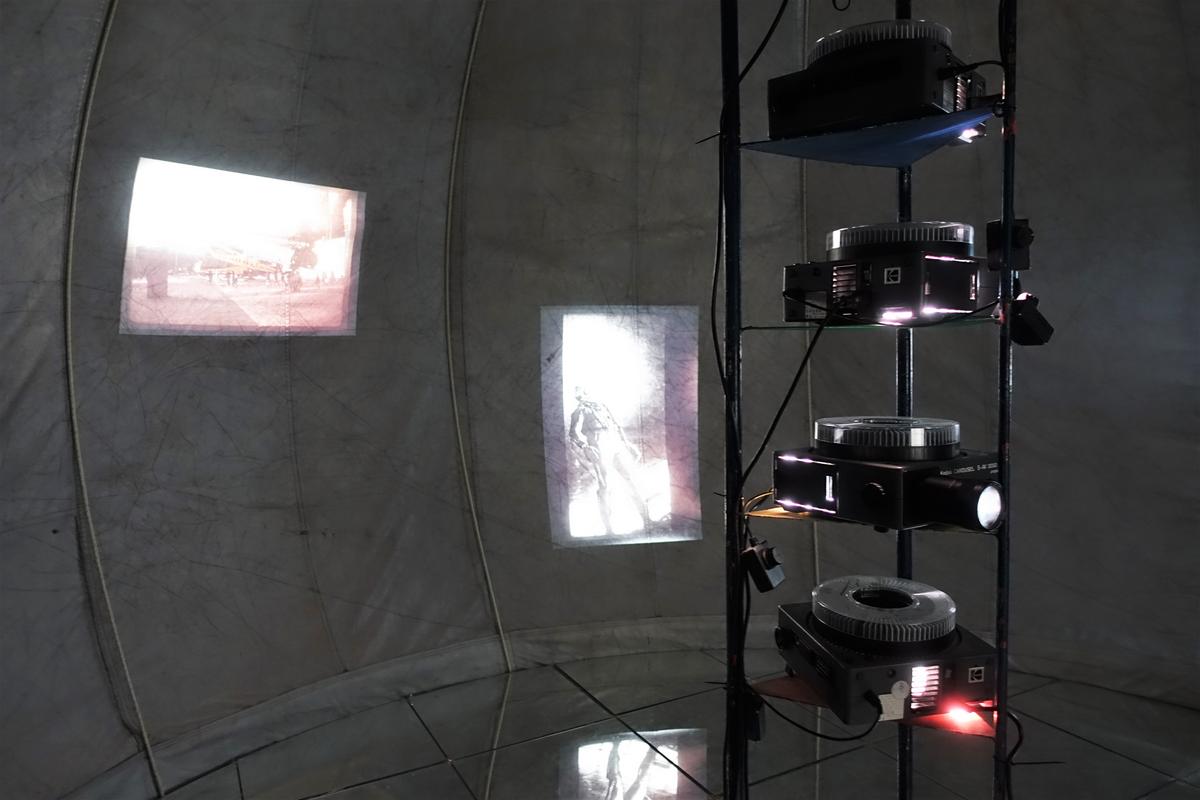A few days ago Quim, the CEO of Skybubbles, wrote to me without prior notice telling me “take a look and investigate Stano Filko, knowing you you’ll like him.”

Stano Filko (1937-2015). Photo: nadaciatatrabanky.sk
Filko was an artist who shone especially during the second half of the sixties in Central Europe. A native of Bratislava and a graduate in fine arts, one of those degrees that is studied by vocation. We could say that Filko goes through two clearly defined stages in terms of his line of thought and production.

In this first period he also stood out for his painting style, clearly inspired by the post-Cubist style and Neodadaism, especially by using methods such as collage or Assemblange.
And guess what type of spaces he uses to represent his work? Indeed the inflatable architecture, spherical receptacles for ephemeral use that allow them to be used and collected without leaving a mark on the environment. This is when everything falls into place, when you realize that geniuses are often geniuses because they have been able to be ahead of their time. What better architecture is there to embody freedom, independence and respect for the environment? Filko designed and produced several works of utopian architecture of this type, always spherical and ephemeral in concept.


